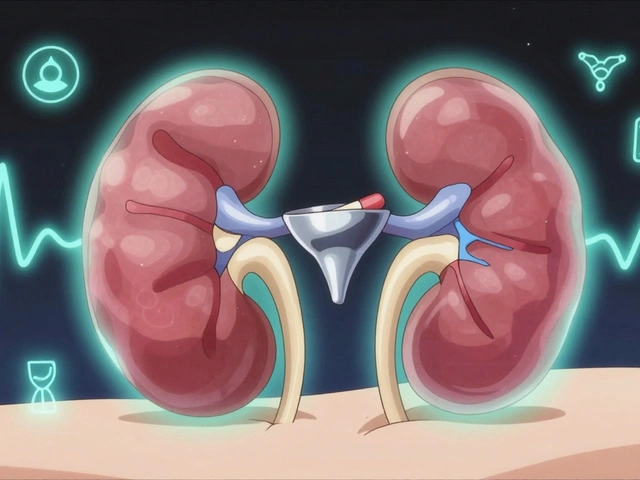Toprol (metoprolol): What it treats and how to use it safely
Toprol is the brand name for metoprolol, a beta-blocker many people take for high blood pressure, chest pain (angina), certain heart rhythm problems, and heart failure. Wondering if it fits your situation? Doctors like it because it slows the heart rate and lowers blood pressure, which eases the heart’s workload. That helps reduce symptoms and the risk of some heart-related events when used properly.
Basic dosing and practical tips
Toprol comes as immediate-release (taken two or three times daily) and extended-release (Toprol-XL, once daily). Typical starting doses vary by condition: for high blood pressure you might start low and go up, while heart failure or angina often needs a carefully adjusted dose. Take the extended-release tablet whole, with or right after a meal — food helps steady absorption. Missed a dose? Don’t double up; take the next dose at the regular time and ask your clinician if you’re unsure.
Side effects, warnings, and interactions
Common side effects include tiredness, dizziness, slow heartbeat, and sometimes cold hands or feet. It can make asthma or COPD worse in sensitive people, since higher doses may affect breathing. Toprol can also mask hypoglycemia signs in people with diabetes — your sugar can drop and you might not feel the usual racing heart. Don’t stop Toprol suddenly: abrupt stopping can cause rapid heart rate, high blood pressure, or chest pain. Taper with your doctor over days to weeks.
Drug interactions matter. Some antidepressants (like fluoxetine or paroxetine) and certain heart medicines (verapamil, diltiazem) can increase metoprolol’s effects or slow the heart dangerously. Metoprolol is processed by CYP2D6 enzymes, so drugs that block those enzymes can raise metoprolol levels. Tell your prescriber about all meds and supplements you take.
Pregnancy and breastfeeding? Talk with your doctor. Beta-blockers are sometimes used in pregnancy, but risks and benefits should be reviewed. If you’re trying to get pregnant or are breastfeeding, plan the discussion with your clinician.
Monitoring is simple: check blood pressure and pulse regularly, and report lightheadedness, extreme fatigue, chest pain, or shortness of breath. Your clinician may order periodic tests if you have heart failure or other conditions.
Want to buy Toprol online? Always use a licensed pharmacy and get a valid prescription. Avoid sites that don’t require a prescription or offer suspiciously low prices. If you’re unsure, call your local pharmacist — they’ll confirm legitimacy and help you compare options safely.
Bottom line: Toprol is effective for several heart conditions when used the right way. Keep a record of your pulse and blood pressure, follow dosing instructions, don’t stop suddenly, and talk to your healthcare team about interactions and safety. Questions? Ask your clinician — they know your full medical picture.
Toprol: Uses, Side Effects, Dosage, and Patient Guide
Toprol, better known by its generic name metoprolol, is one of the most prescribed beta-blockers for managing high blood pressure, chest pain, and heart problems. This article breaks down what Toprol does, how it works, common side effects, tips for safe use, and crucial advice every patient should know. Learn to spot potential problems and get practical guidance on daily management. Perfect for anyone prescribed Toprol or those caring for someone who is. Straight-talking, science-backed, and easy to understand.






